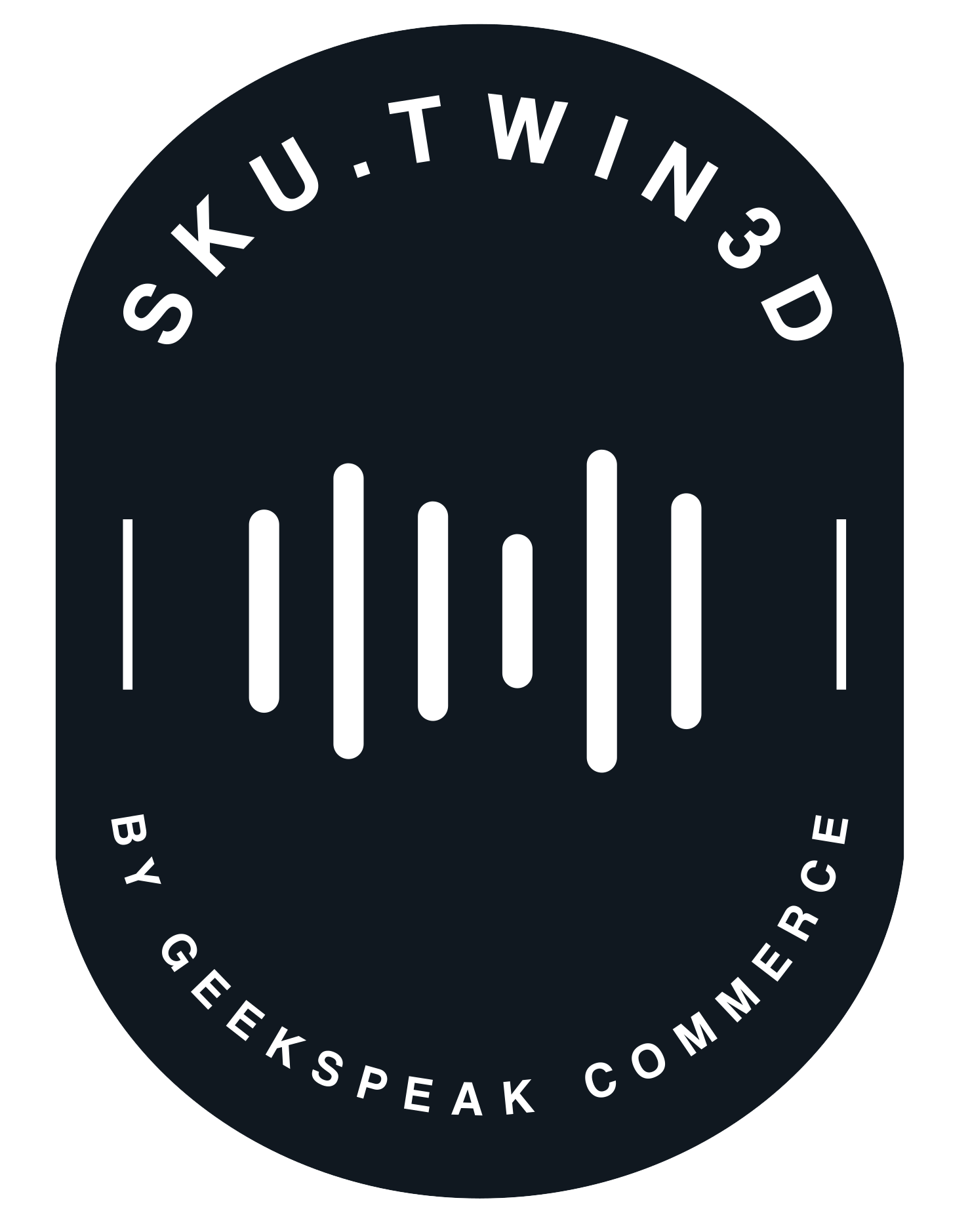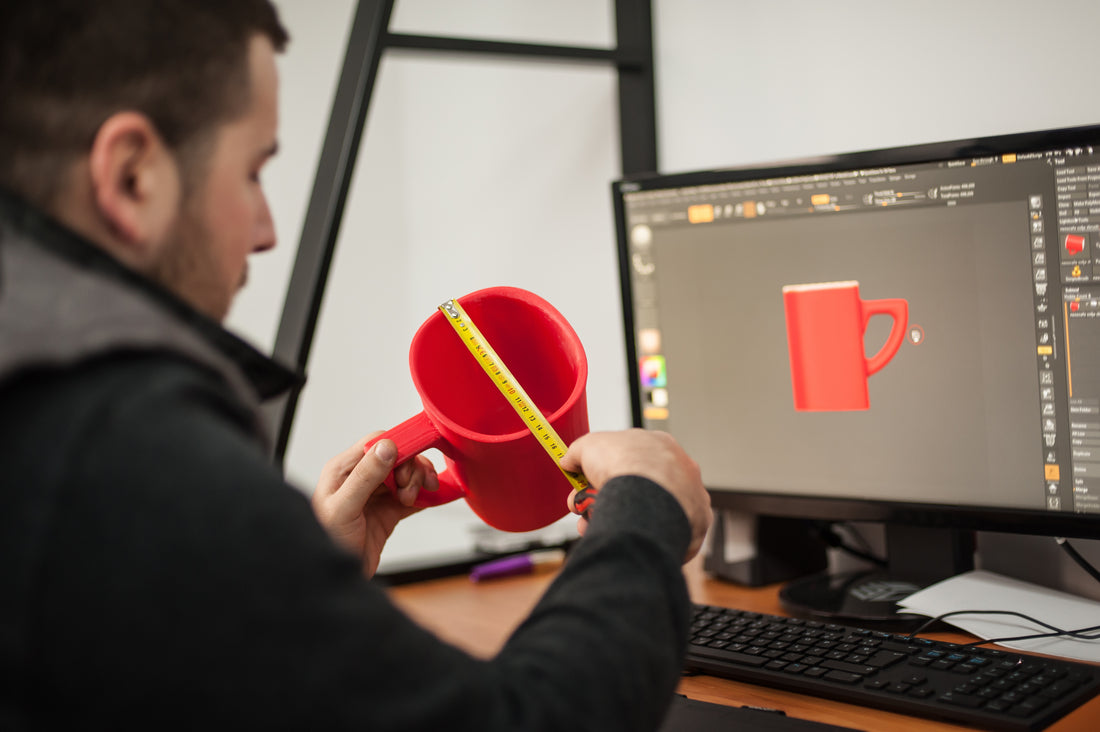Captivating 3D visualization plays a pivotal role in enhancing user experience and driving e-commerce sales. SketchUp, a premier 3D modeling software, has increasingly become a preferred choice for businesses aiming to elevate their online product displays. This article delves into the numerous advantages of using SketchUp in 3D visualization for e-commerce.
1. User-Friendly Interface
SketchUp's intuitive drag-and-drop interface makes it a favourite among designers, both novices, and professionals. Its user-centric design ensures that intricate 3D models can be created with minimal training, accelerating the product visualization process.
2. Cost-Effective Solution
Compared to other high-end 3D modeling software, SketchUp offers a cost-effective solution without compromising on quality. This affordability makes it a go-to tool for startups and established e-commerce platforms alike.
3. Seamless Integration with Rendering Plugins
SketchUp boasts compatibility with various rendering plugins such as V-Ray, Lumion, and Enscape. These integrations allow e-commerce businesses to enhance the realism and visual appeal of their 3D models, creating lifelike representations of their products.
-
Library of Pre-existing Models
SketchUp's vast library, SketchUp Warehouse, houses a plethora of pre-existing 3D models. E-commerce businesses can leverage these models, modifying them as needed, saving time and resources in the visualization process.
5. Versatility in Product Representation
Whether it's intricate furniture designs, detailed electronics, or expansive outdoor equipment, SketchUp's flexible modeling capabilities cater to a wide array of product categories. This versatility ensures it meets the diverse needs of the e-commerce industry.
6. Facilitating AR and VR Integrations
As augmented reality (AR) and virtual reality (VR) experiences become integral to e-commerce, SketchUp's models are primed for these technologies. The software's ability to create detailed and optimized 3D models ensures seamless integration into AR and VR platforms for immersive shopping experiences.
7. Geolocation and Shadow Study
For e-commerce platforms selling outdoor products or items sensitive to environmental factors, SketchUp's geolocation feature and shadow study tools can be invaluable. They allow for accurate representation of products in various lighting conditions and geographic settings.
8. Streamlined Collaboration with Extensions
Extensions like Trimble Connect facilitate collaboration among design teams. This is especially valuable for large e-commerce businesses, where multiple stakeholders may need to review and approve product visualizations.
9. Regular Software Updates
Trimble, the company behind SketchUp, consistently rolls out updates, ensuring that the software remains at the forefront of 3D modeling technology. These updates often include new tools and features that further enhance its capabilities for e-commerce visualization.
SketchUp's blend of user-friendliness, affordability, and advanced modeling capabilities makes it an indispensable tool in the realm of e-commerce 3D visualization. As the e-commerce landscape continues its trajectory of rapid evolution, tools like SketchUp will play a significant role in defining the visual narratives of online platforms, ensuring they remain engaging, immersive, and aligned with consumer expectations.
Interested in learning more about the tools we use to create realistic 3D product renderings? Chat with our team today.

